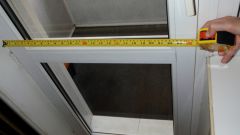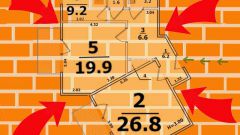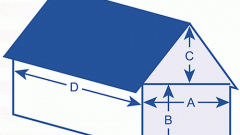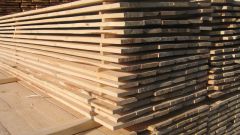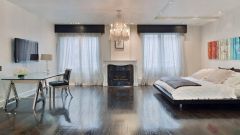You will need
- - Notepad or notebook;
- - handle;
- - electronic range finder or tape measure.
Instruction
1
Take a long tape measure or electronic distance meter. Using the selected fixtures, measure the width and length of the room. In order to avoid errors and miscalculations, make two measurements along the entire length of the walls, from beginning to end. If the results are different, then calculate the average arithmetic value, adding both numbers and dividing them by two. The result write down in a notebook or Notepad.
2
Multiply the data (length and width) on each other in case, if the room is rectangular, and has no protrusions or recesses. The result is the required area of the room. There is another variant of calculation, to do this, break the room into pieces of rectangular shape, and fold them.
3
Measure the area of the ledges, closets, sanitary units and columns, subtract their size from the result obtained in the measurement area. To do this, calculate the value of all the protruding parts of the room and add them up. From the calculated floor space, subtract the result of adding the square of the projections.
4
Divide particularly difficult areas of the room into triangles and sectors of a circle. In order that would calculate the area of a circle use the formula area of a circle, and to calculate the area of triangle - Heron's formula. For all calculations, use the calculator, it will help to eliminate errors and inaccuracies of the calculation.
Note
When measuring the length of the walls with electronic rangefinder, see that the direction of the rangefinder was strictly perpendicular to the wall. Otherwise, the measurement result is not accurate and very distorted.
Useful advice
In that case, if you want to calculate the area of a room in which planned laying infrared film (designed to heat), then do so. Count the area of furniture for small legs (shelving, beds, sofas, cabinets) and subtract the area of the premises.


